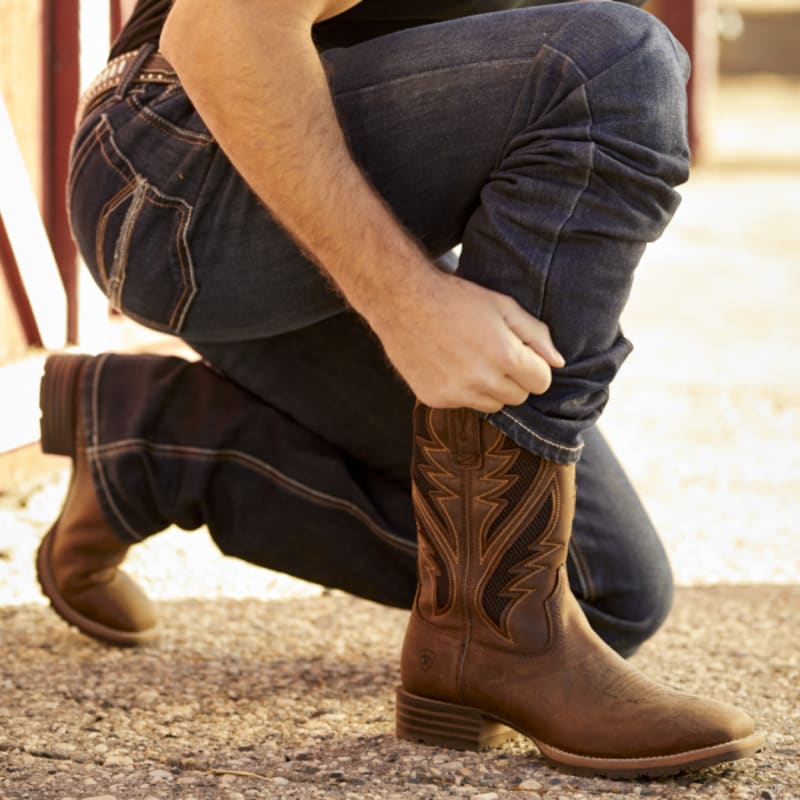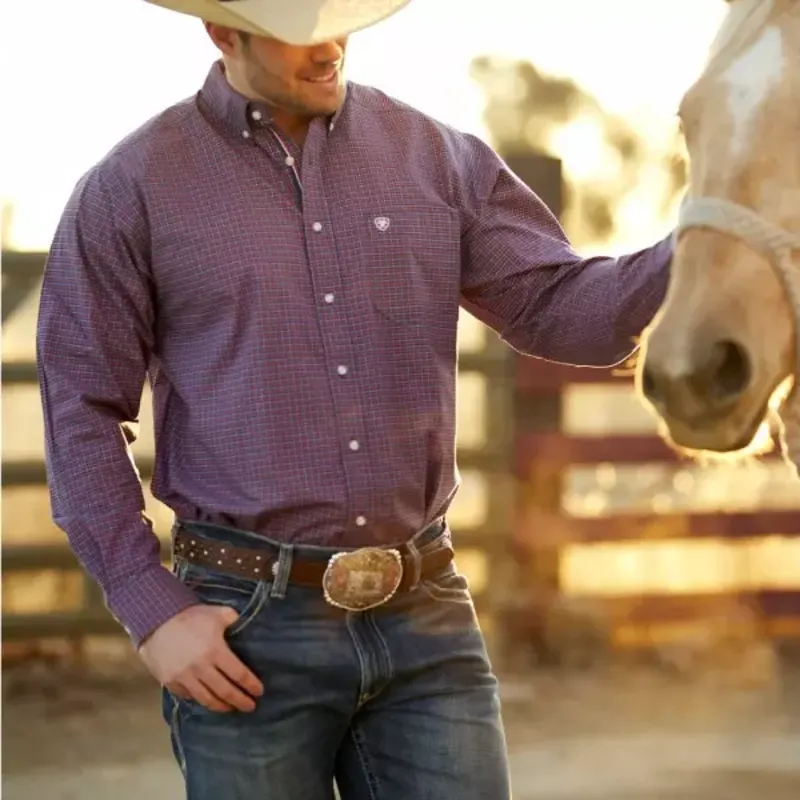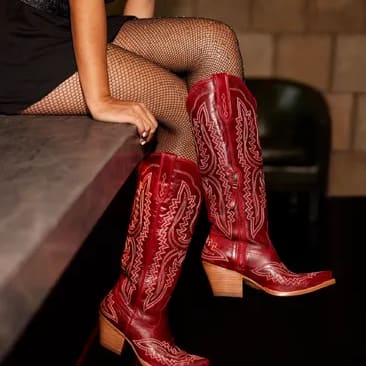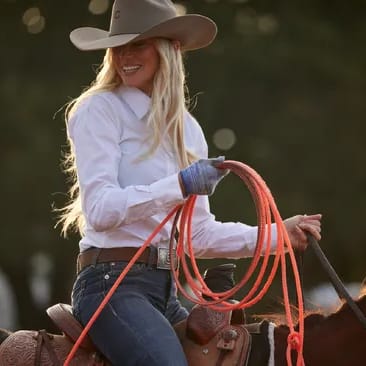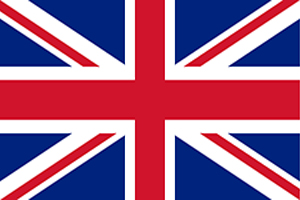
The Legacy of the Charros
Hispanic Heritage Month kicks off this year on September 15. In celebration, we’re spotlighting Mexico’s traditional horsemen, the charros.
Charros, or traditional horsemen from Mexico, date back to long before they became an emblem of Hispanic cowboy culture. What started as everyday ranch work grew into a sophisticated sporting competition, and one of the most widely celebrated elements of Hispanic heritage and culture. Some even consider charros as having been the inspiration behind elements of today’s American rodeo (i.e., skilled roping and riding).
Looking into Hispanic ranching history, charros date back to the 1500s, when horses and cattle were introduced to the Spaniards as they arrived in North America. Mexican ranch hands, or vaqueros, tended to cattle and grew to be particularly skilled with horses and roping.
Around the 1600s, the most proficient vaqueros from properties (or haciendas) around Mexico began competing against each other. Over hundreds of years, these gatherings grew in popularity and evolved into formal competitions, known as charreadas. Today these competitions are where charros compete in a variety of events highlighting their skills and artistic talent as ropers and riders.
Talk to any individual within the charro community, and they will likely all tell you the same thing – it’s in their blood. Esteban Escobedo, a longtime charro and friend of Ariat, shared his experience growing up with parents in the charro community, and eventually becoming one himself.
“It’s a great opportunity for us to celebrate our traditions and our beliefs -- there’s a lot of richness in what we do,” said Escobedo. “The Hispanic community itself is very family-oriented, so it’s also an opportunity for us to celebrate our ancestors and all the struggles we’ve had.”

Charrería, or the sport itself in which the charros compete, isn’t just reserved for men. Their female equestrian counterparts, known as escaramuza charras, also compete in charreadas. In their event, groups of eight ride precisely and synchronously while performing choreography to music.
“Teaching our sons horsemanship at a young age is important so they learn the responsibility and discipline they need to care for their horses,” said Escobedo. “This also goes for our daughters, as they complement our sport with their beauty, finesse, and elegance in regard to how they handle their horses.”
If you haven’t had the opportunity to attend a charreada, Escobedo paints a colorful picture.
Before every competition, both charros and escaramuzas remove their hats for a prayer as the mariachi plays the second national anthem. After La Marcha de Zacatecas concludes, the competition has commenced. The events have many rules and regulations that go beyond athletics and skillset: competitors must wear traditional charro clothing (suits for men, skirts for women) which is typically adorned with beautiful embroidery and silver studs.
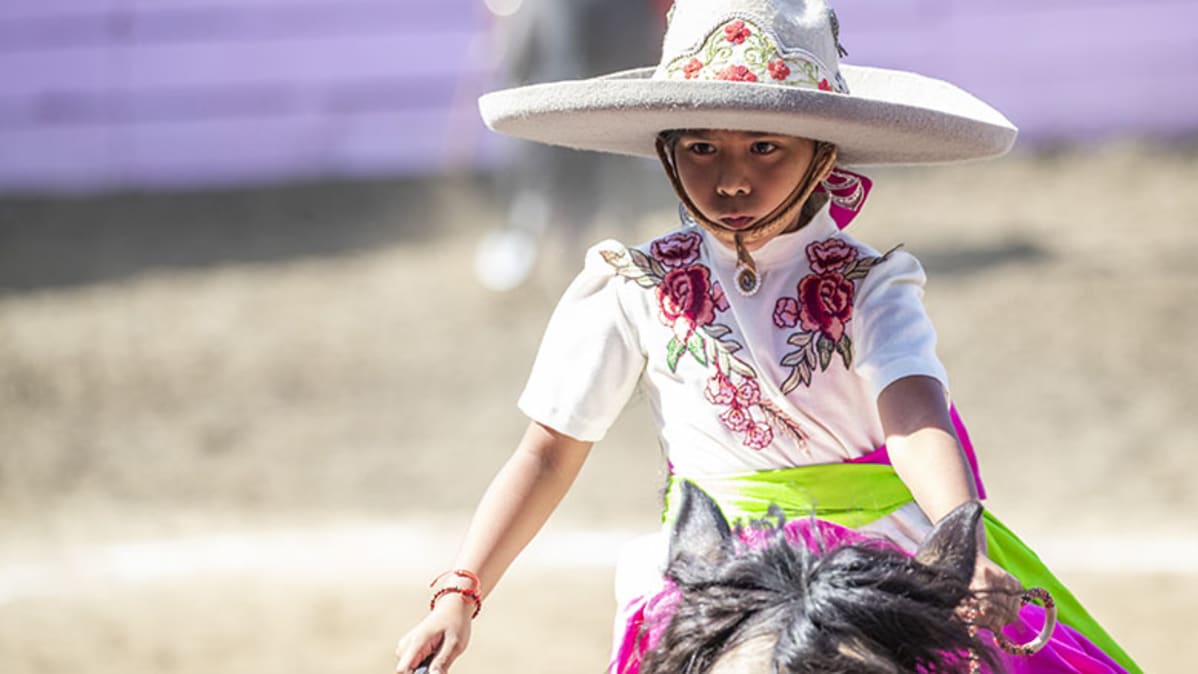
Today’s competitions also welcome charros and escaramuzas of all ages.
“More and more teenagers are getting involved, even young girls and young men,” Escobedo said. “It’s nice to see that we are keeping their interest in the sport and to see them continue with the same enthusiasm that we have had for many years.”
Escobedo has been a charrería instructor across the U.S. and Mexico for over 26 years and feels strongly about continuing the sport among the youth. “It’s an opportunity to keep our families and extended families united,” he said. “Winning doesn’t matter without the support of your family. To be able to compete with your parents, grandparents and siblings is priceless.”
When asked if he could sum up simply what it means to be a charro, Escobedo didn’t hesitate: “We’re true horsemen. We love our land; we love our animals. We value what we do here as charros in the United States.”

